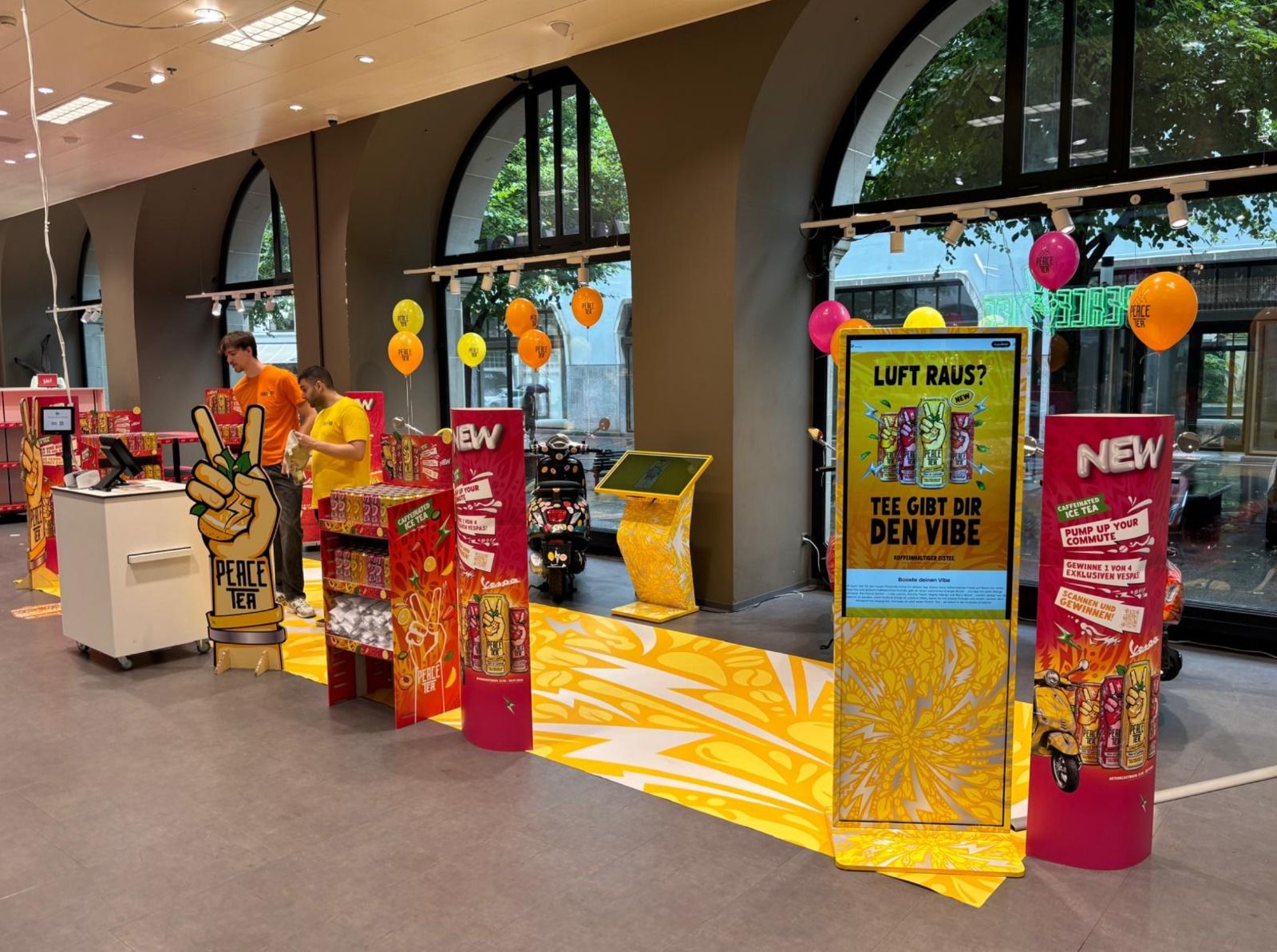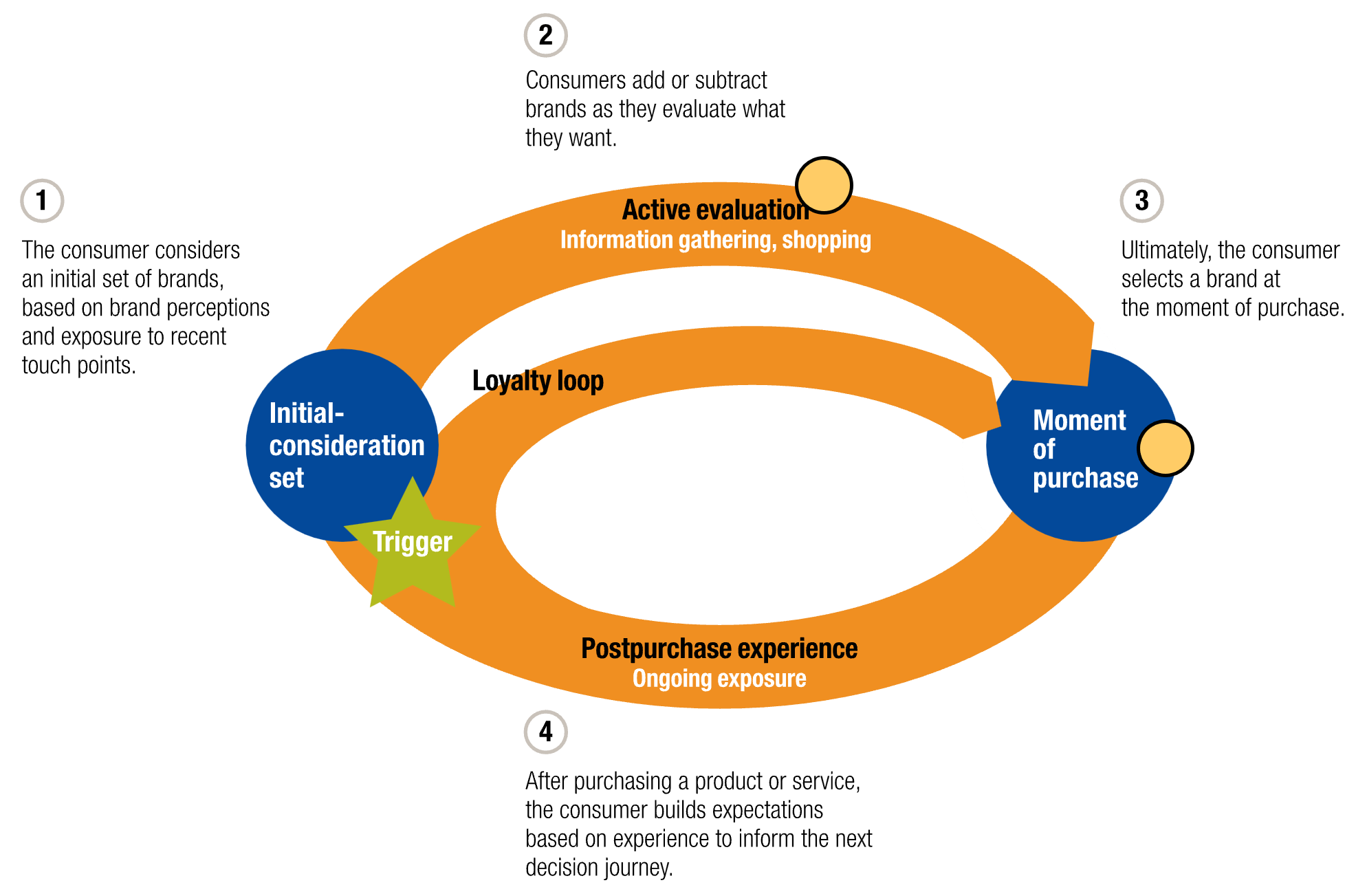

We at promoPers have been working in the field of sales promotion for almost 20 years now, mainly with products from the consumer electronics industry, which have a significantly higher need for explanation than products from other industries. Over the years, we have tried out a wide variety of concepts to achieve the optimum effect on the end consumer. Of course, always with a focus on sales, but never pushing or demanding. These are not sustainable strategies for the premium products of our customers.
In fact, we now rely almost exclusively on fixed, contractually defined personnel - our so-called experience consultants - for our long-term customers. By tying the staff to a brand for many years, we enable the inclusion of various models in regular sales training and further education. For example, the renowned McKinsey Consumer Decision Journey Model, which we would like to briefly highlight in this blog post.
The McKinsey Consumer Decision Journey is a useful model for understanding the steps a consumer goes through when making a purchase decision. In the case of on-site retail sales, this process can be particularly important in driving sales and building customer loyalty. The following describes how the Consumer Decision Journey model applies to a typical retail on-site sale and how sales promotions can influence consumer behavior at each stage. A nice quote from the original publication described that up to 40% of on-site visitors change their mind about a product or brand:
Experience Consultantscan play an important role in the Consumer Decision Journey, especially in retail. These experts, trained and hired by our agency, can help consumers at various stages of the decision-making process when explaining products and services. Here's how:

Overall, experience consultants can have a significant impact on behavior during the consumer decision-making process. By understanding the consumer decision journey and leveraging trained and knowledgeable staff, companies can effectively increase sales and build customer loyalty.
Anyone who would like to read the initial publication for themselves can do so at any time here:
